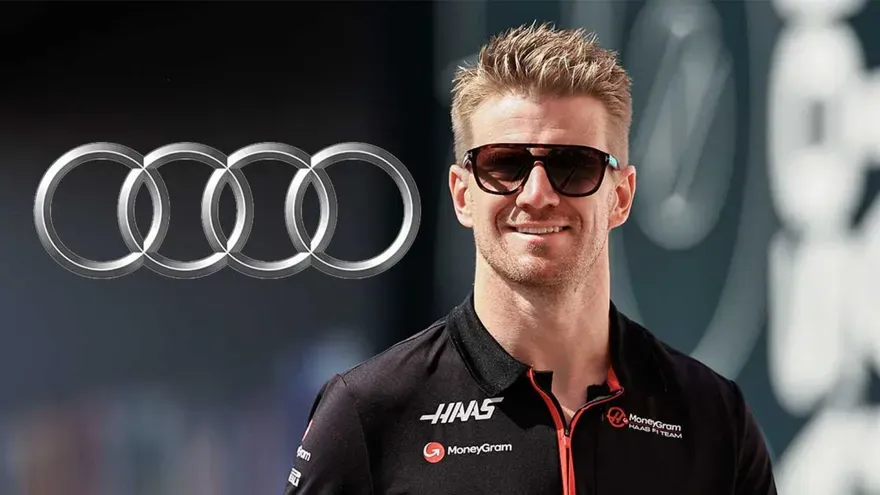Formula 1 cars are not normal road cars for sure. But every moving object needs an external force to be in motion. It's simple science but in F1 cars things were always challenging. It is no surprise that even starting a Formula 1 car can be quite complex. The engines of these elite F1 cars are powerful yet very fragile so in comparison with normal passenger vehicles where we just insert a key and turn it on seems to be easier here.
But remember F1 cars don't need a key to start. So how does a Formula 1 engine start? Well in this article we will try to cover every aspect of bringing an F1 engine to life as you know it is the pinnacle of motorsport and F1 cars' technicalities are quite a chore. Let us read further about how F1 cars roar back to life and what conditions are undertaken behind the science for starting an F1 engine.
Steps To Start A F1 Engine

A very strict and disciplined procedure is followed to start an F1 engine. The race engineers and the technicians follow up on the essential steps so that they do not damage the power unit as well as the rotary parts of the engine before the initial start of the grand prix race. So let us look further at the crucial steps that engineers and technicians pull out before starting a real F1 car’s engine.
1. Heating The Engine:
The most important step is to pre-heat the engine. It all starts with heating the engine along with the engine oil and the fluids to get it into an excited state at the right temperature. Before the actual grand prix begins, the engine is heated by an incorporated-built engine regulator pump that circulates with a coolant through the passage inside the engine.
2. Heating The Engine Oil:
If the engine is getting heated up, the engine oil would alternatively be heated. So both the engine and the engine oil are heated simultaneously. After the heating procedure takes place, the temperature of the engine is monitored by a computer via race engineers and technicians. Several oil-heating devices are used to monitor the exact temperature of the lubricants to withstand the heat temperature with the engine before applying an external starter.

3. Lubrication And Fabrication Of The Engine By Use Of External Starter Motor:
Although the engine and the engine oil are heated up to some optimal temperature. Then also the F1 car would not start up because of the lack of lubrication of the internal parts of the powertrain associated with it. This is where the important role is played by the external starter motor. This starter motor helps to lubricate the internals of the powertrain on board the electrical system of the F1 car is not enough powerful for a cold start.
4. Firing Or Starting Up The Engine:
Now comes the final execution of firing up the engine. After the process of dry cranking, the engine, and the engine oil get heated up for a shorter period. Then from the diagnostics run by the race engineers to judge the engine temperature and oil at a specific point, the driver fired up the engine by pressing the buttons positioned on the steering wheel. After boosting the engine the technician and race engineers monitor the engine data to perform a warm-up drive to maintain the temperature of the engine and new tires.

5. Engine Warm Up:
When the F1 engine roars to life. The driver regulates the fuel and the ignition system by pressing the buttons on the steering wheel. All the race engineers and technicians rely on the data about the optimal temperature of the engine and the oil after firing up for the first time. Then the chief race engineer would make up a call to the driver for a warm-up drive to better check the potential of the engine before the actual race begins.
After all these procedures are executed the driver showcases the result and performance of the engine and after receiving the data from the driver, the race engineer finalised the process and orders the driver that the engine works fine and is ready to be in racing. And Boom, the F1 engine and the car are now ready to hit up the tracks.
If you like this article please share and are willing to learn more about the dilemma of the Formula 1 world do let us know in the comment below.















